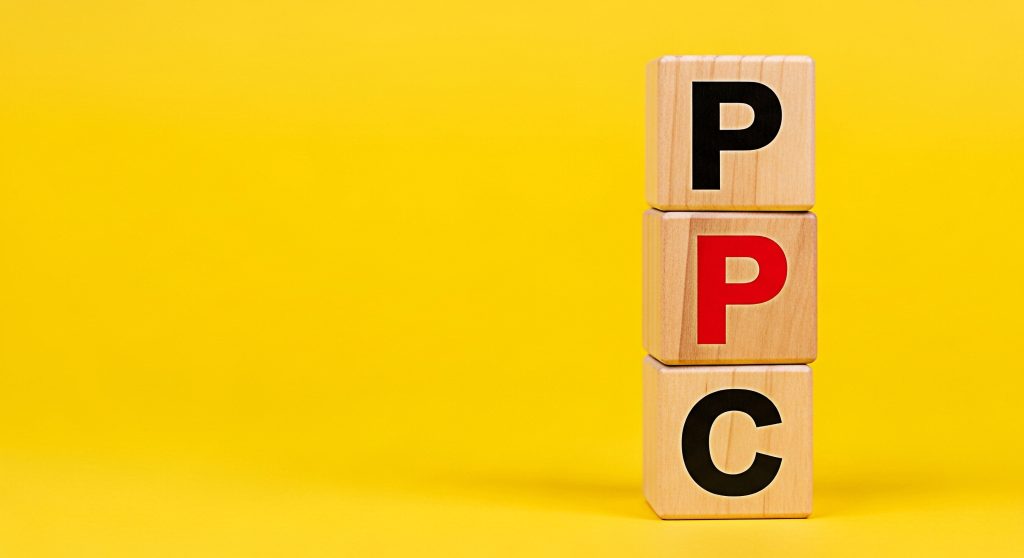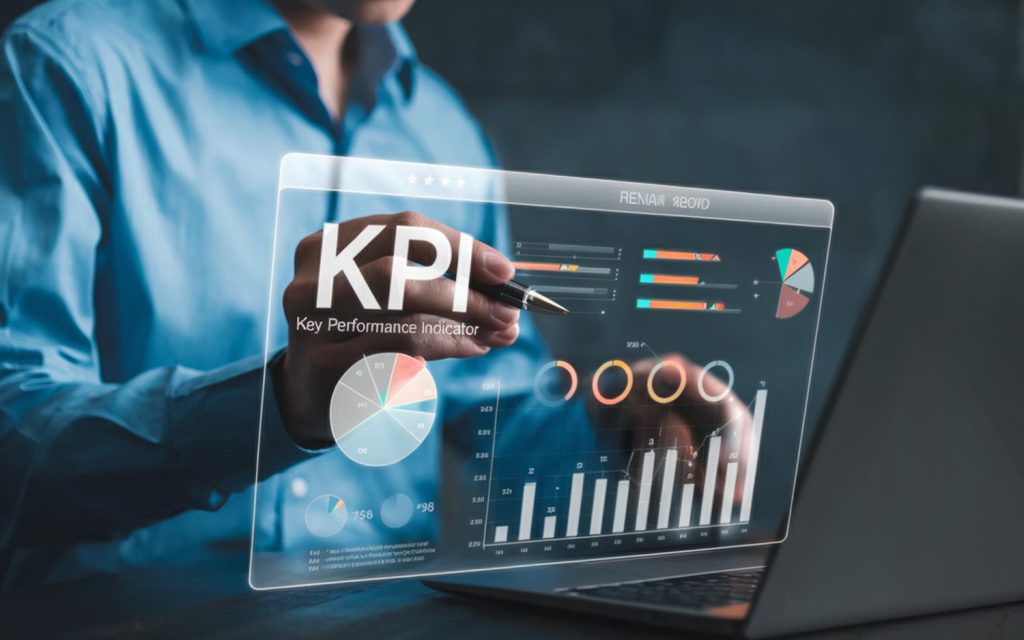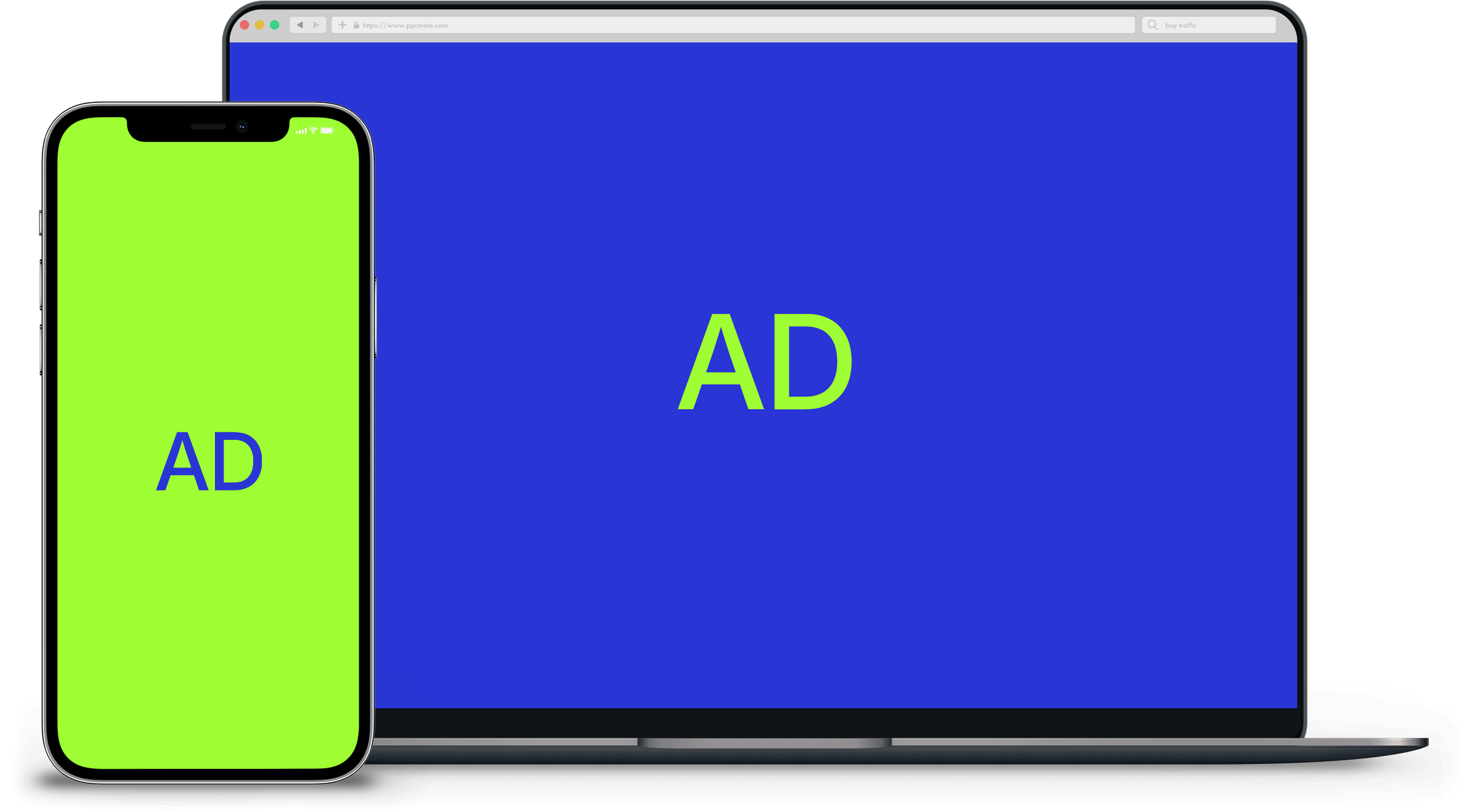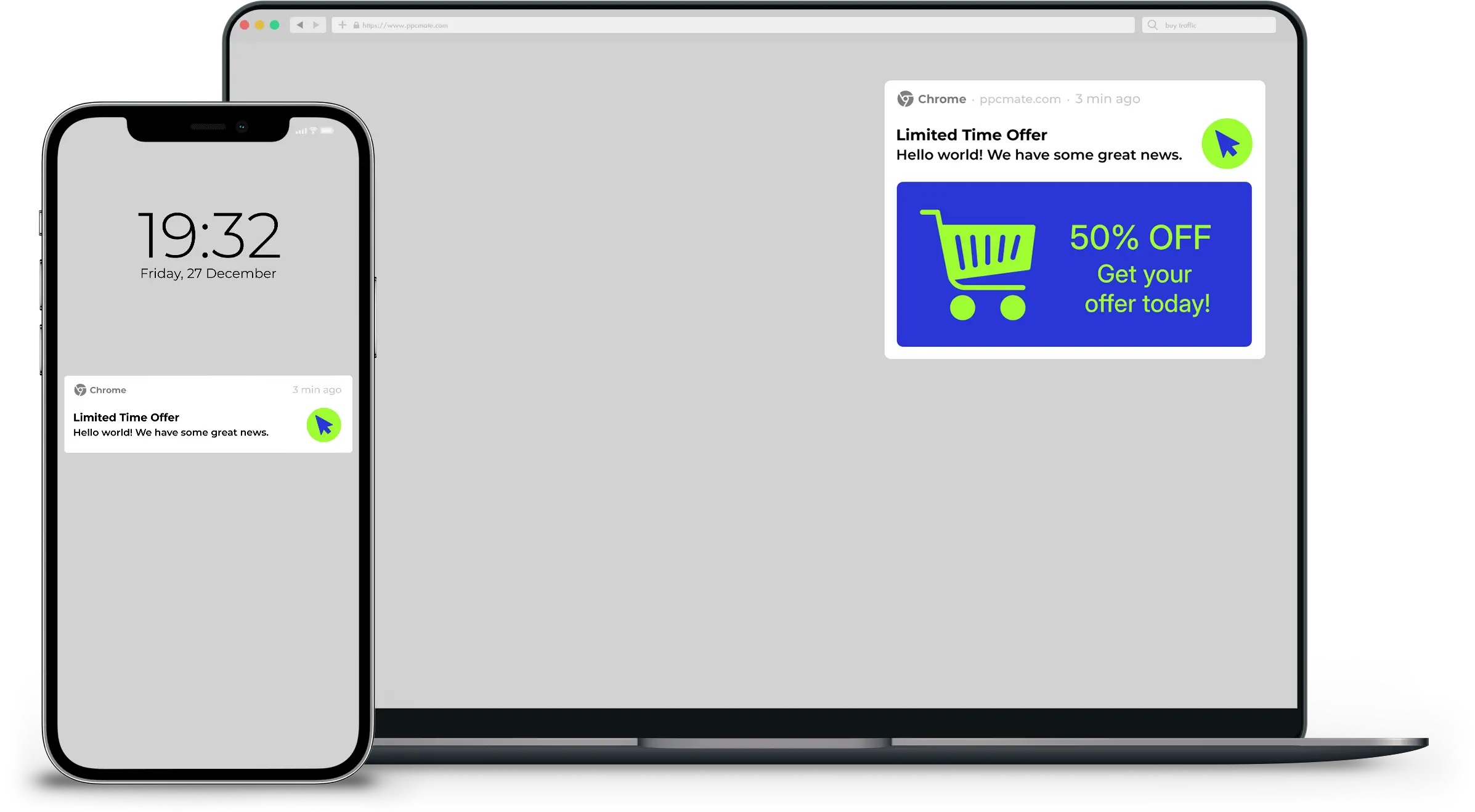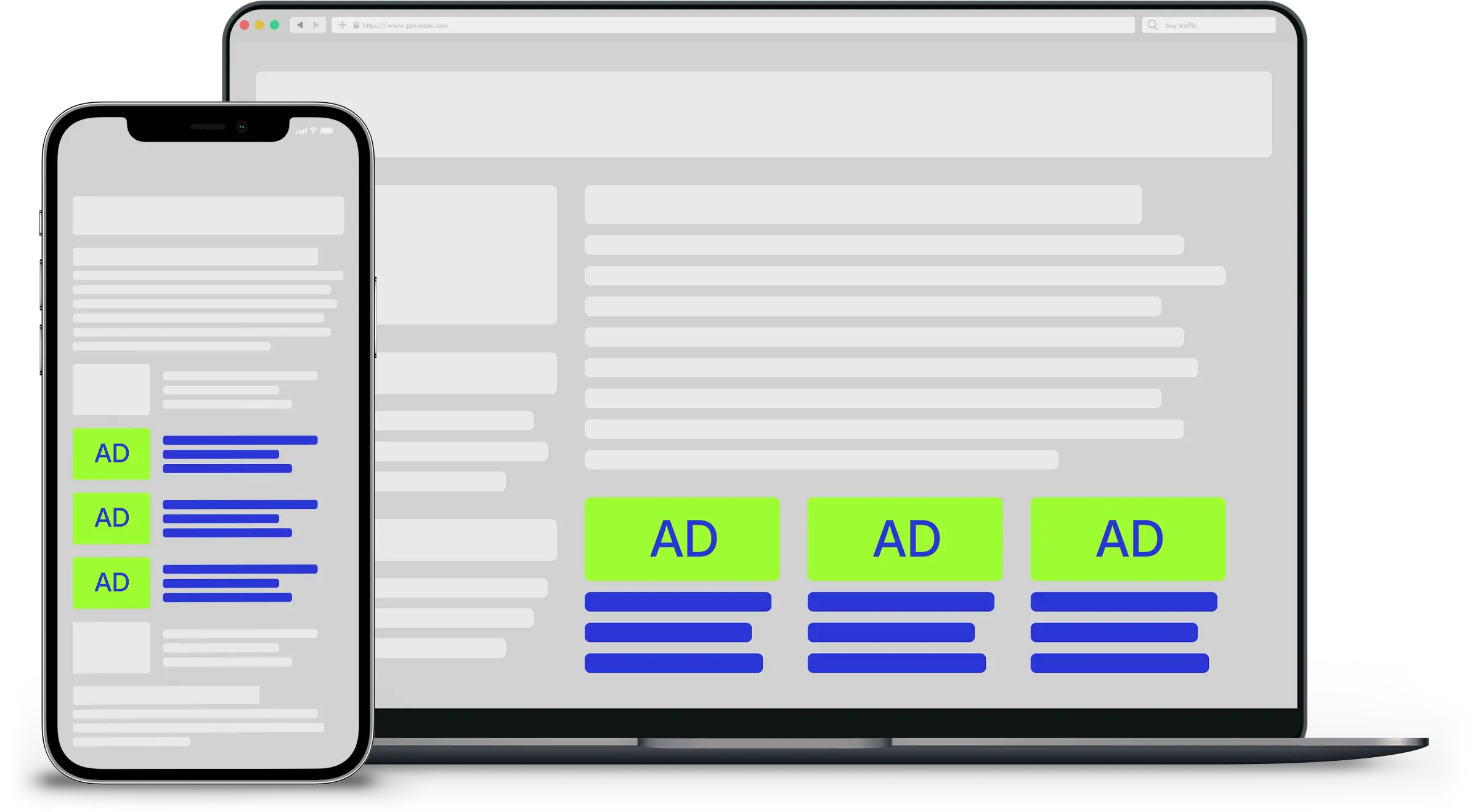Contributor Devon Wijesinghe says that while influencer marketing may be more work than influencer advertising, it’s still the best way to get influencers to promote your brand.
Thanks in part to a “60 Minutes” segment in October, influencer marketing has crossed over. It’s no longer just a topic of interest to advertisers. It’s a subject of public interest.
As the segment illustrated, influencer marketing is a big business. Teens with millions of followers can pull in hundreds of thousands of dollars for a shout-out on YouTube or Instagram.
It’s easy to imagine viewers all over the country yelling at their screens about the unfairness of it all, but from a marketer’s point of view, there’s another big problem: This type of “influencer marketing” isn’t actually marketing. It’s really “influencer advertising” and should be viewed as a less effective, pricier variation that has a corrosive effect on influencer marketing.
Influencer marketing transfers the implicit trust that consumers have in people they follow online and transfers it to a brand. Influencer advertising betrays that trust both for the influencer and for the brand.
The promise of influencer marketing
There are a few factors driving the rise of influencer marketing. One is ad blockers. About a quarter of US internet users currently use ad blockers, and that figure is expected to jump 24 percent in 2017.
Another factor is the fact that mobile media is monopolizing more and more of consumers’ attention. Since consumers spend the bulk of that time on just five apps — with Facebook leading the pack — much of the experience is feed-based, where influencer endorsements carry equal weight to ads.
Finally, there’s the matter of public trust. In Nielsen’s 2015 Global Trust in Advertising report, some 66 percent of respondents said they trusted opinions posted online versus 42 percent for banner ads.
Influencer marketing vs. influencer advertising
It’s no wonder that with those type of results, some are looking for shortcuts. That shortcut is influencer advertising.
Influencer advertising is the act of paying someone to access their audience temporarily for promotion of your content, while influencer marketing hinges on establishing an authentic relationship with the influencer. Influencer marketing is the ability to engage someone and build a relationship based upon mutual interest in a particular subject. Over time, this can lead to free promotion of your content.
Influencer advertising gives you Scott Disick’s ham-handed Instagram shout-out for Bootea. Recall that the Kardashian clan member merely copied and pasted the exact copy from the company’s email (“Here you go, at 4pm est, write the below. Caption:…”) Naomi Campbell made a similar blunder promoting Adidas on Instagram.
Influencer advertising attracts the attention of the Federal Trade Commission. Recall that the agency fined Lord & Taylor for paying some 50 Instagram influencers thousands each to promote its Design Lab Paisley Asymmetrical dress. Influencer advertising gives you situations where brands are throwing thousands at kids to show up and take a few photos.
On the other end of the spectrum, Holland America (disclosure: client) makes a point of engaging fans on Twitter by name. For instance, the brand recently asked @LuvRainyDaze, aka “Julie,” about her interests. “What parts of history are you most fascinated by, Julie?” the brand’s Twitter feed asked. “Do you incorporate history interest into your travels?” The dialogue led Holland America to recommend a trip to Panama, based on Julie’s interests.
Now what’s a marketer to do?
That level of engagement isn’t easy. Influencer marketing is a more labor-intensive way to get influencers to promote your brand. Yet it’s still the best way. The stats show that you’re better off getting lots of smaller influencers on board than one with millions of followers. (Call this the Kardashian Option.)
A Markerly study, for example, found that Instagram influencers with fewer than 1,000 followers saw an 8 percent like rate and influencers with 1,000 to 10,000 followers saw a 4 percent like rate. Influencers with 10,000 to 100,000 followers saw a 2.4 percent like rate, while those with 10 million+ followers saw only a 1.6 percent like rate.
Influencers with fewer than 1,000 followers are often called “citizen influencers.” As the name suggests, these influencers are average, everyday people. Typically, citizen influencers are satisfied customers who are happy about a brand or product and want to share their positive personal experience with family and friends.
What these influencers lack in follower count, they more than make up for in engagement rates and trust among their followers. They’re sharing because they genuinely like a brand, not because they’re expecting a payout — automatically making their recommendations more trustworthy than celebrity endorsements.
While smaller trumps big, authenticity also trumps pay-for-play. You can’t spray and pray to tons of people with the same message and expect influencers to respond.
Influencers are people, and they won’t react to an interaction or a conversation that isn’t genuine. It just doesn’t work. Being human still reigns supreme. As the song says, money can’t buy you love.
___
by Devon Wijesinghe
source: Marketing Land

